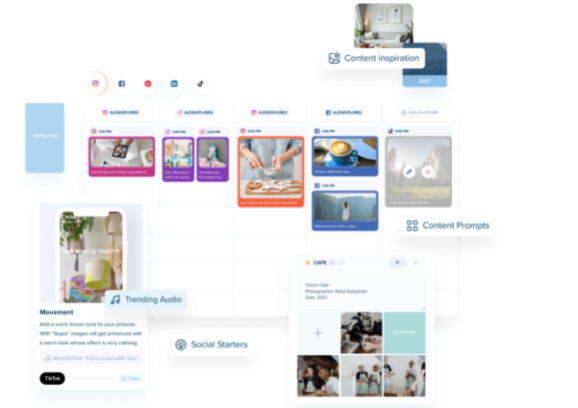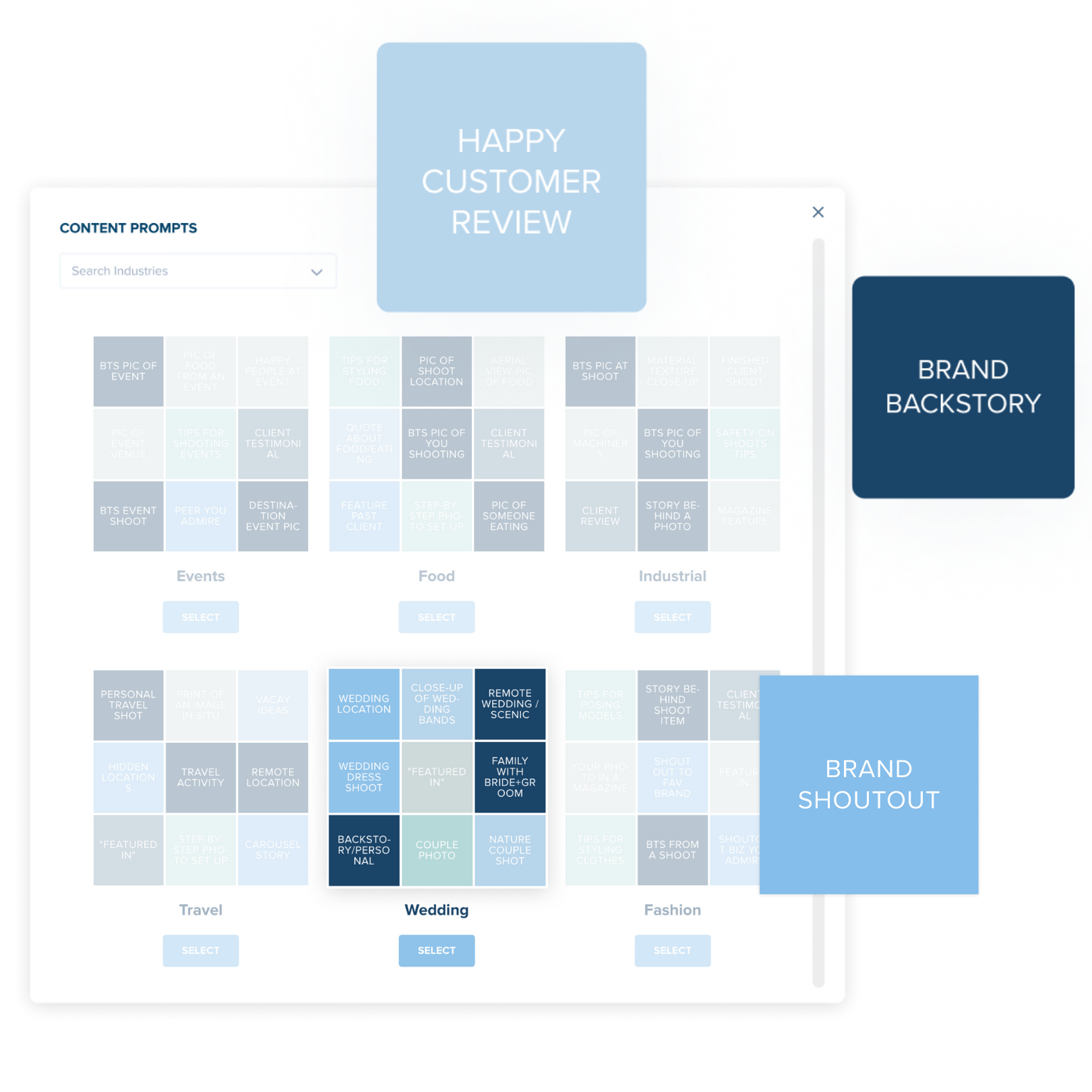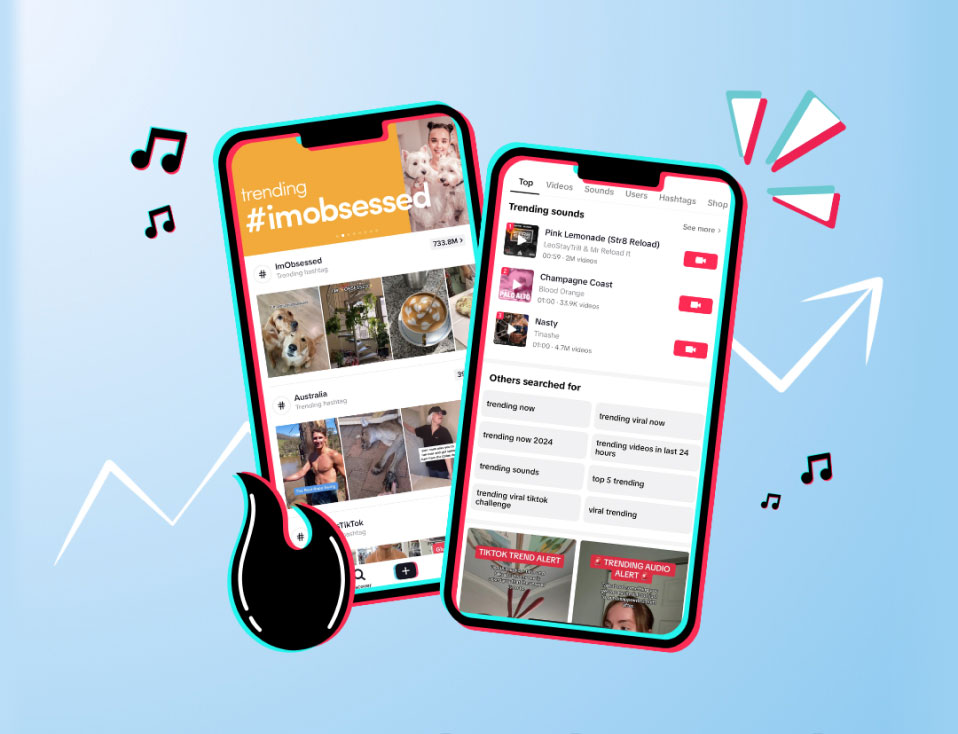Research shows that negative information is 63% more likely to be clicked on than positive information on social media. This can mean that negative feedback spreads fast via the social algorithm.
Unfortunately, you can’t control everything people say about your brand online. That’s why it’s important to learn the best approach for managing negative online feedback while protecting your brand’s reputation.
What do negative social media comments mean for your brand, and how can you handle criticism effectively? You asked, and Plann is answering. Here’s what you need to know.
What does negative feedback mean for your brand?
According to BrightLocal, negative online reviews could turn away up to 40% of potential customers!
Negative social media interactions can build a less-than-flattering mindset around your brand and its identity. In the worst cases, this could color other people’s perceptions and prevent users from following your account or purchasing from your business.
A cycle of negative feedback could even end up costing you future opportunities, slowing down your growth and holding you back from achieving your full marketing potential.
But the reality is that you can’t please everyone, even with the best intentions. The reality is that negative feedback is going to happen at some point (especially on public platforms, like social media).
The key is the learn how to respond to these comments and messages with a proactive, problem-solving mindset.
Why negative interactions don’t have to be a bad thing
It’s easy to get caught up in the stress and worry that negative reviews can bring, but these interactions don’t always have to be detrimental to your success.
In fact, when you respond effectively to negative feedback, you can begin to reclaim your brand image and reframe negative interactions in a more positive light.
Brands that know how to manage negative social media comments well can transform the bad and turn it into something good. Responding to customer complaints is an important skill that shows your brand is open, honest and willing to learn from your customers.
A recent study by Edelman revealed that 44% of people find brand conversations more persuasive than most marketing materials. Almost three quarters of millennials feel better about brands that respond to customer concerns.
So rather than ignoring bad reviews or deleting negative feedback, that it as an opportunity to show up and build trust with your audience on social media.
How to handle negative brand feedback with grace
The most important skill you can learn is how to handle negative brand feedback with humility.
Next time you spot a negative social media comment about your brand, keep these things in mind before typing your reply.
1. Stay calm and professional
Professionalism is key! When you receive harsh comments, it’s important that you stay as calm and collected as possible, avoiding a heated exchange.
An angry response could further inflame a negative situation or provide another poor customer experience. Instead, responding kindly, calmly, and helpfully can help you steer conversations back in the right direction.
A calm response will allow you to maintain control over difficult situations. It will also show other social media users that your brand can handle stressful situations and manage problems effectively if they occur.
2. Remain true to your brand
Your brand identity should always be at the heart of your interactions. This is true even when you’re responding to a negative review or comment on social media.
Before you write a reply to an unhappy customer, think about the values that drive your brand and its mission. Aim to communicate in a way that centers these values and highlights what your business strives to achieve.
While you want to remain true to your brand voice, it’s important to remember that some situations require a more serious, professional tone than others. Avoid being overly witty or casual in your responses to negative feedback to show that you’re taking these comments seriously.
3. Try to offer solutions
Most of the time, negative commenters on social media are really asking for your help. They need support to resolve poor customer experiences or negative product outcomes.
When responding to negativity online, try to offer solutions wherever possible. Develop a customer service strategy that allows you to help users get what they need. Maybe you can resolve a quality problem or investigate a poor experience claim.
By showing your customers that you hear their concerns and want to help make things right, you can start pursuing positivity instead of staying with the negatives.
4. Identify opportunities to improve
Criticism can be hard to hear, but if you’re willing to listen, it can also be an opportunity to learn and improve. You turn something negative into a chance to grow your business!
Next time you receive negative feedback on social media, examine this feedback carefully, and ask yourself how it relates to your brand and its offer. Is there space for you to adjust your process and do better in the future?
Brands that commit to ongoing improvement are brands that have what it takes to succeed. Responding to negativity in this way can help you scale your business while showing that you’re prepared to enhance your brand.
5. Delete and block if you need to
In most cases, constructive negative feedback can be handled effectively through a process of mediation and negotiation. However, some comments aren’t open for conversation.
If you receive feedback that includes personal jabs or discriminatory behavior, engaging with the commenter may not help. It might even make things worse or prompt another angry or hurtful response.
In instances where a negative comment is reconcilable, you can block or remove a user from seeing your brand activity on social media. Even if you can’t delete a review, blocking hate can help you focus on positivity and steer your business forward.
Master your social media presence
Looking for an all-in-one content creation suite that allows you to manage your social media channels effortlessly? From mapping out your strategy, and designing your graphics to repurposing your content, you’ll find everything you need inside Plann.
Go on, and redeem your 7-day free trial of Plann Plus. If you don’t like it, keep using Plann for free!









